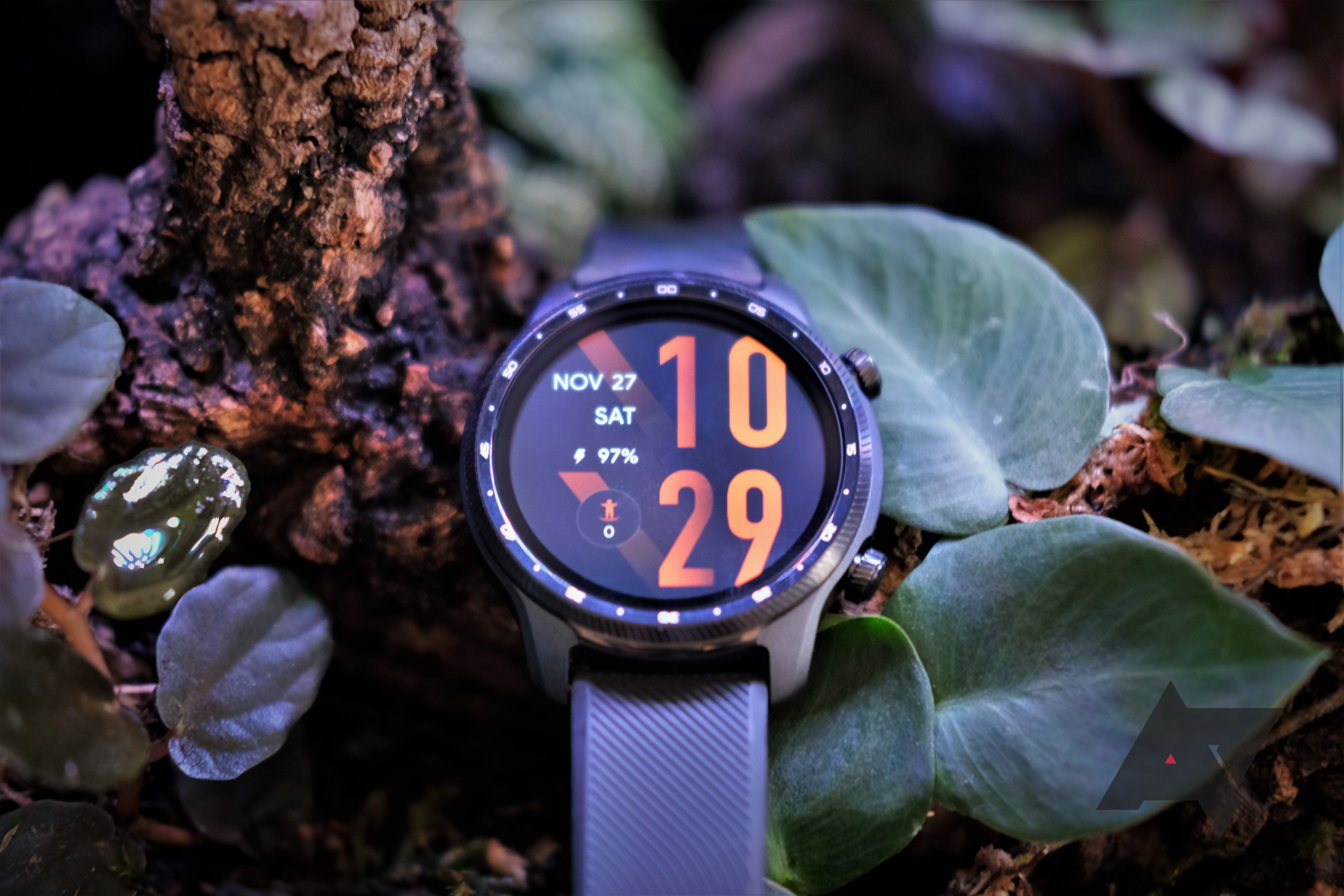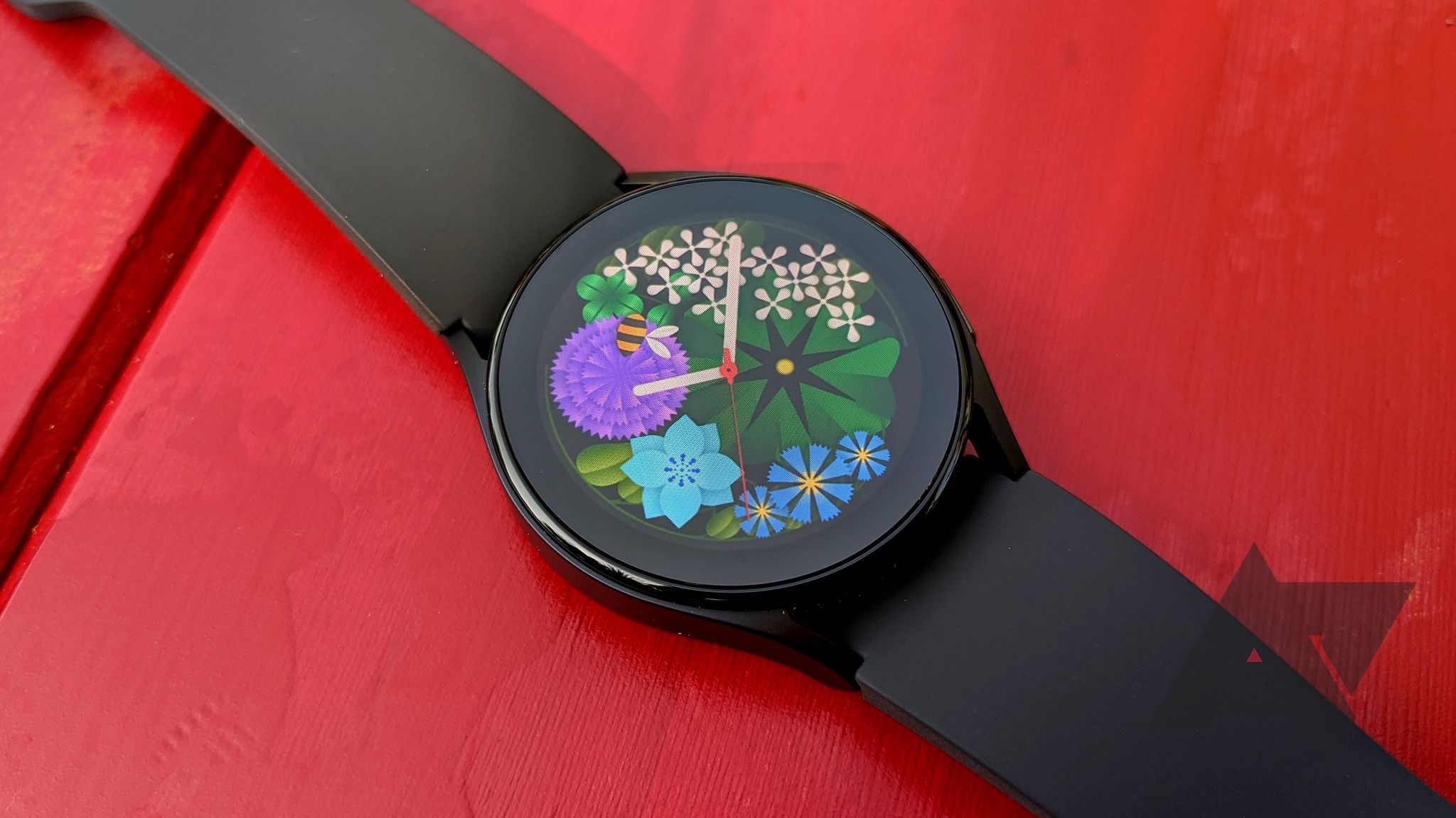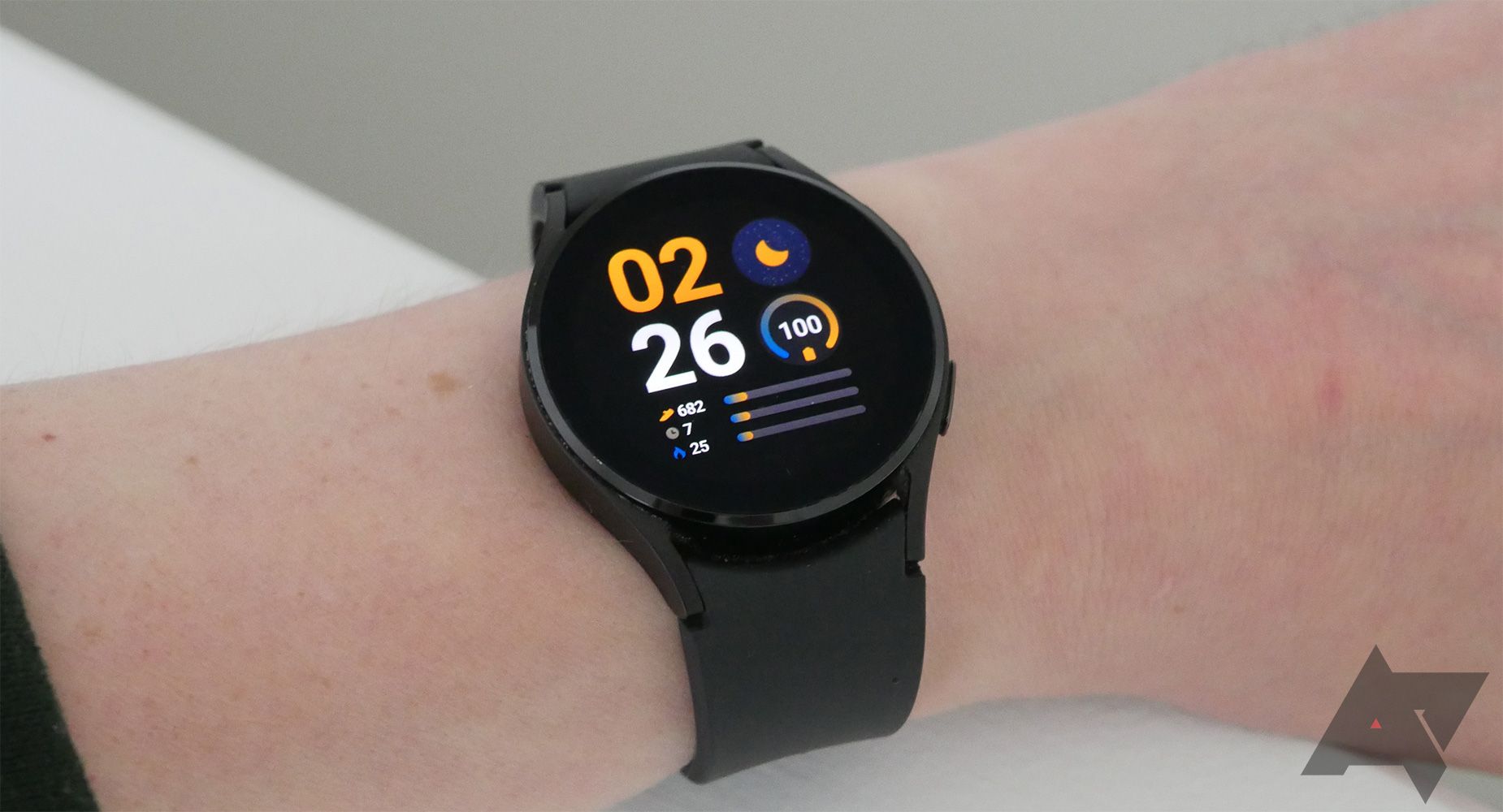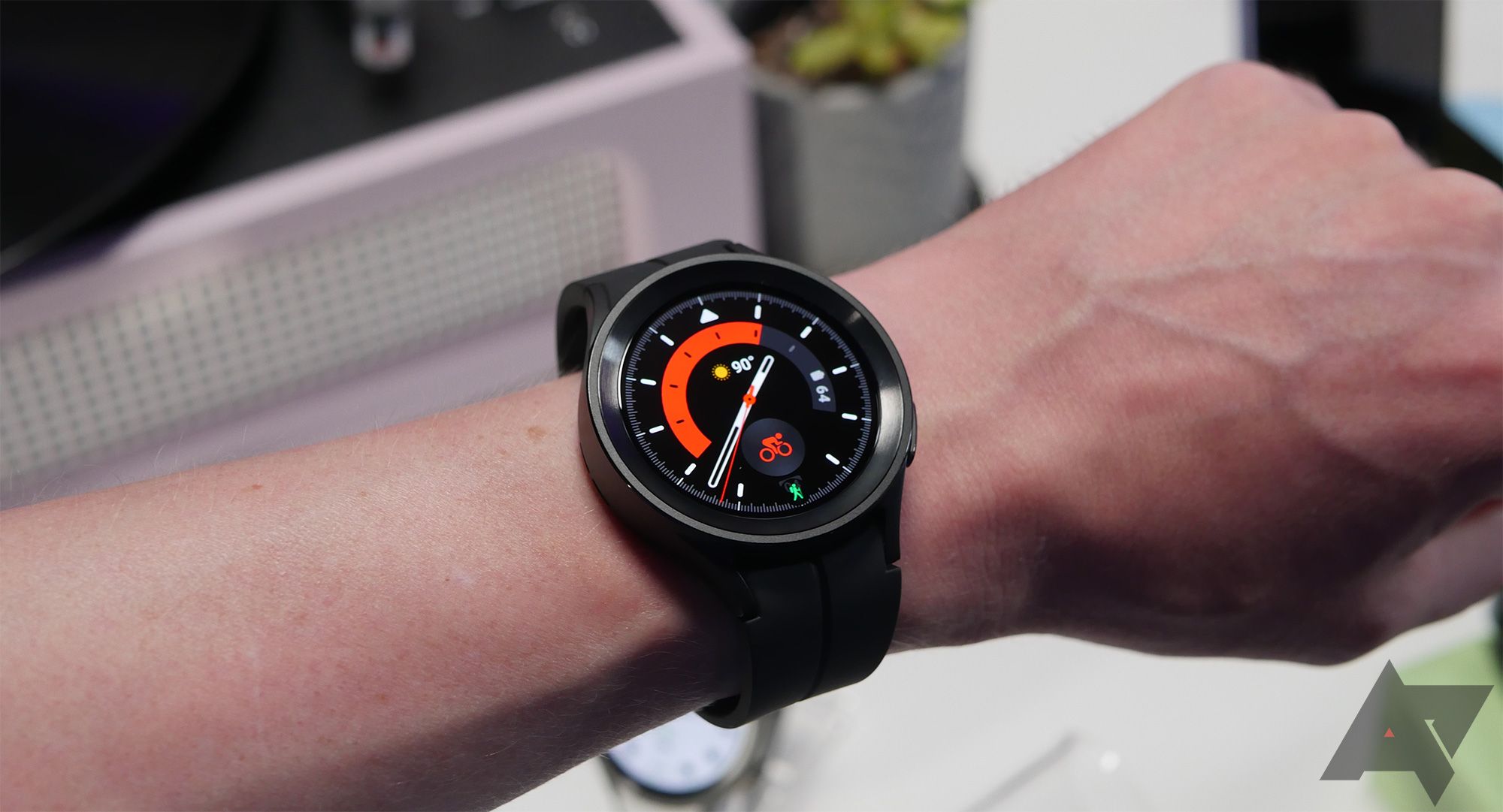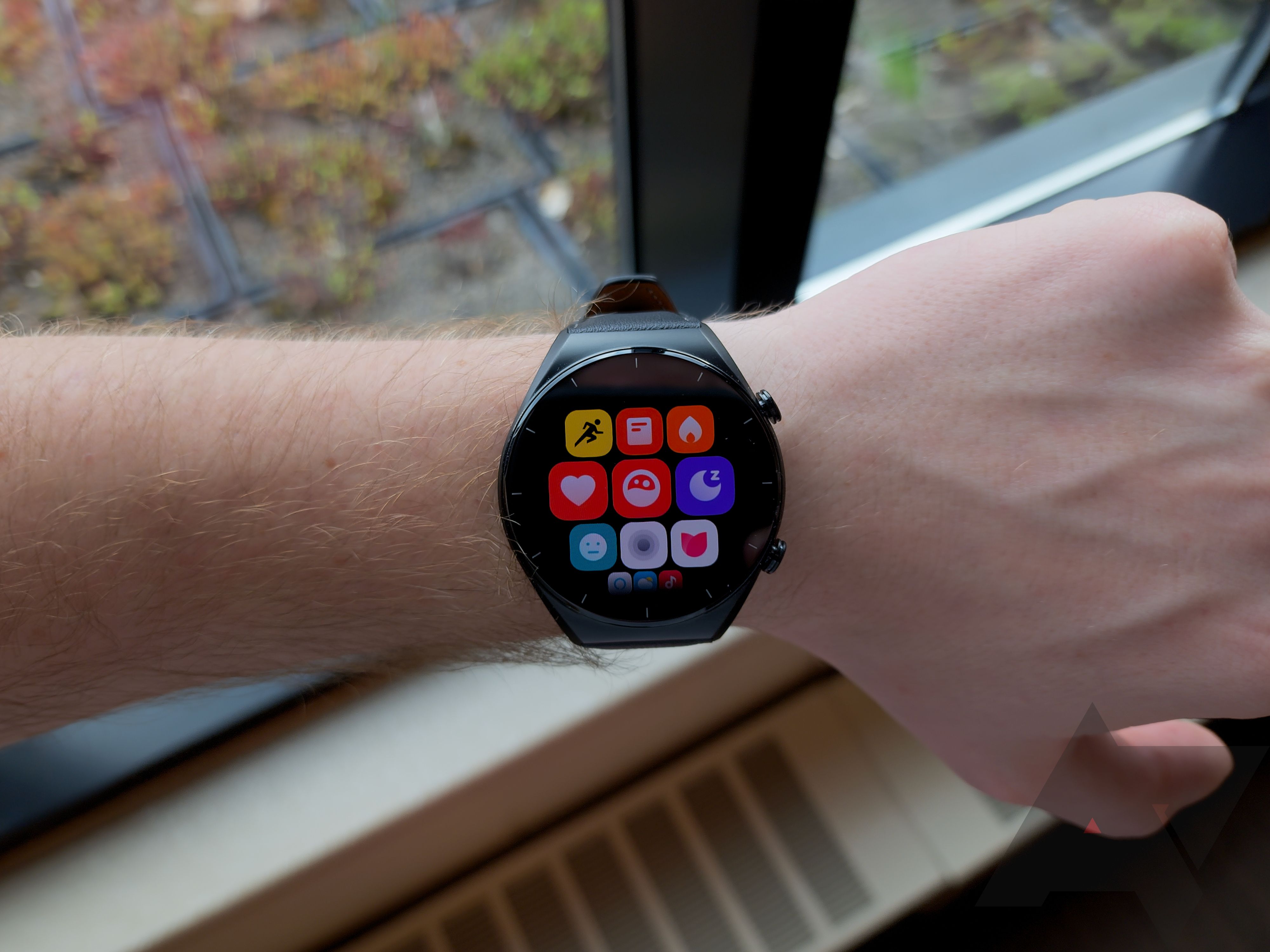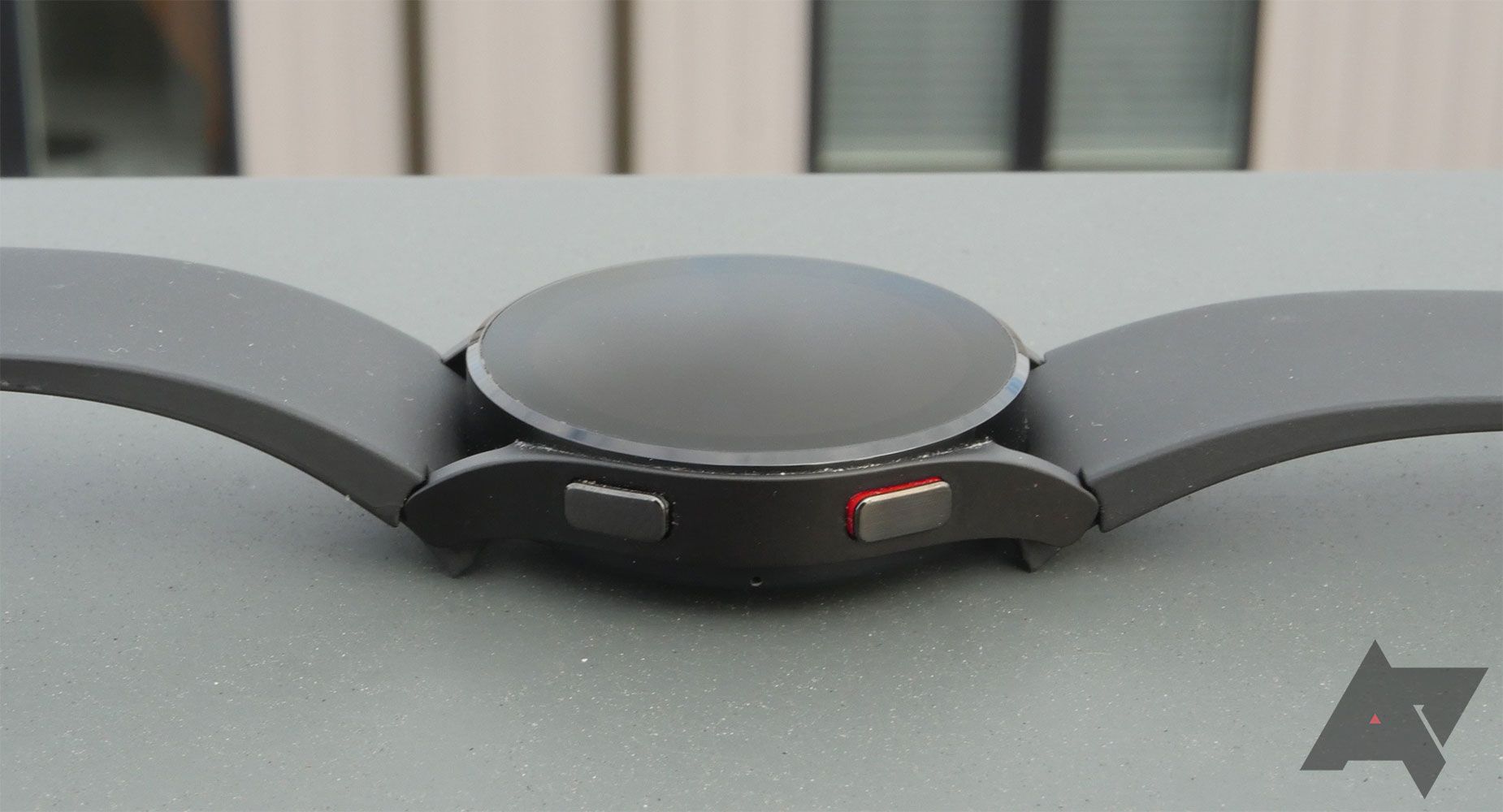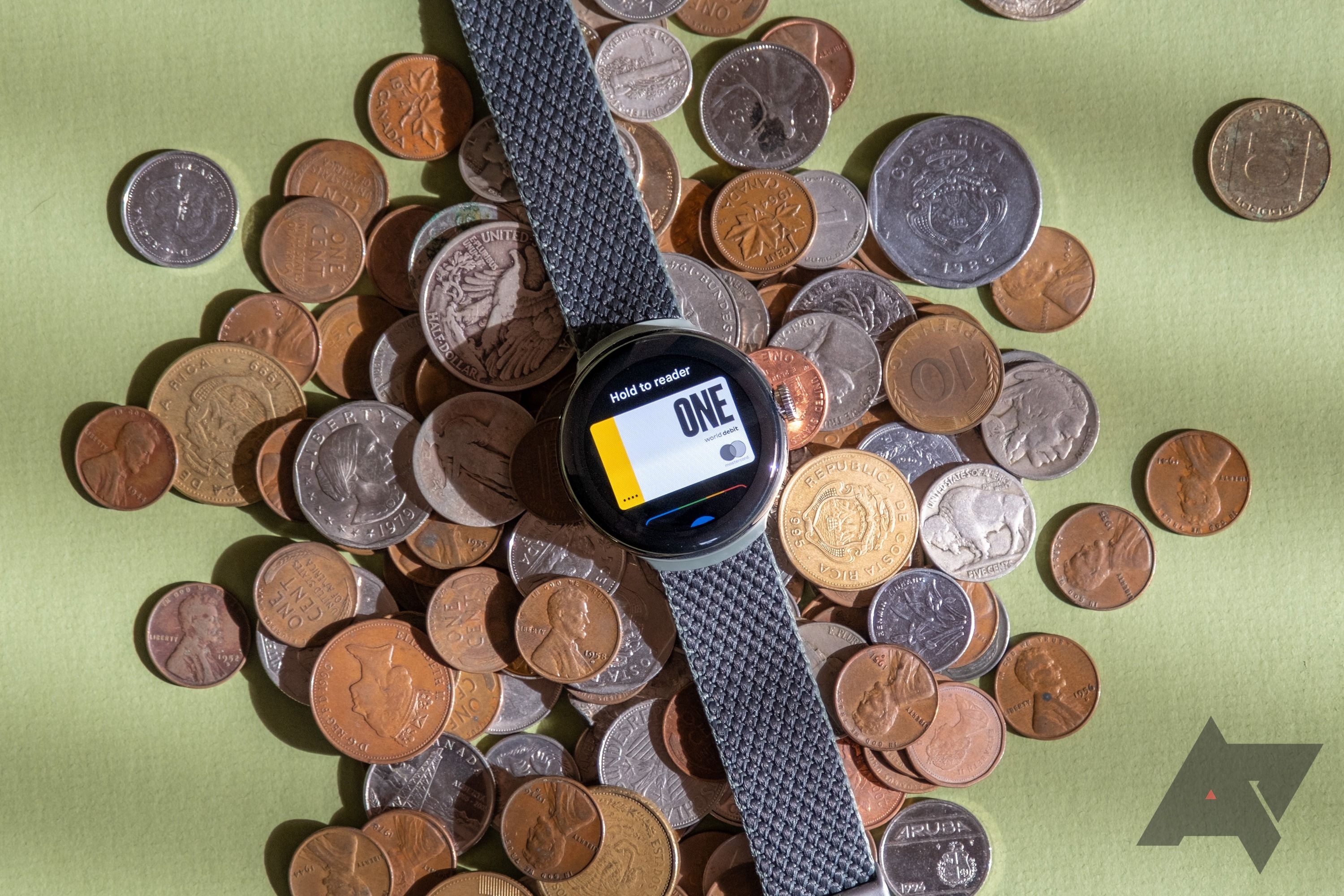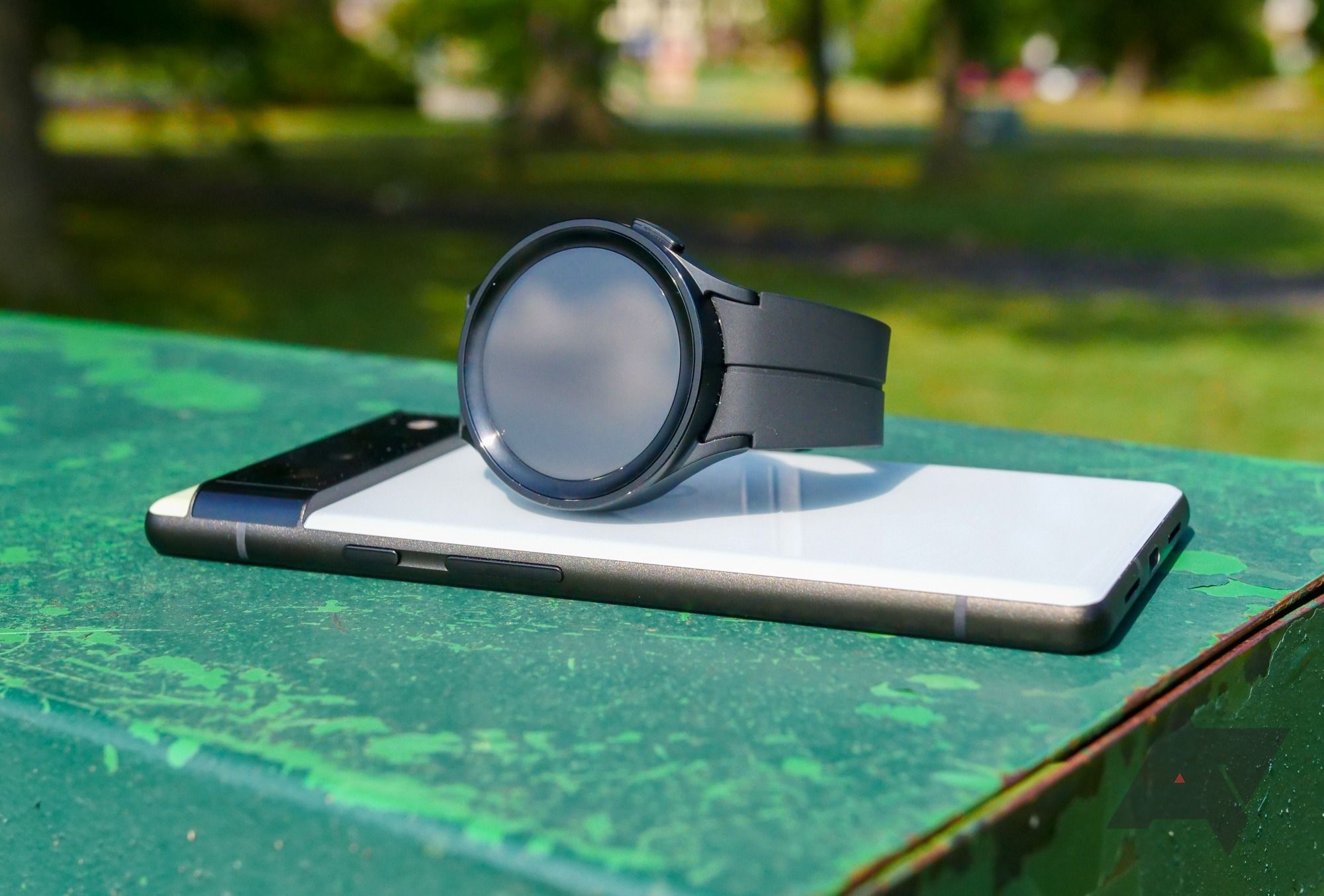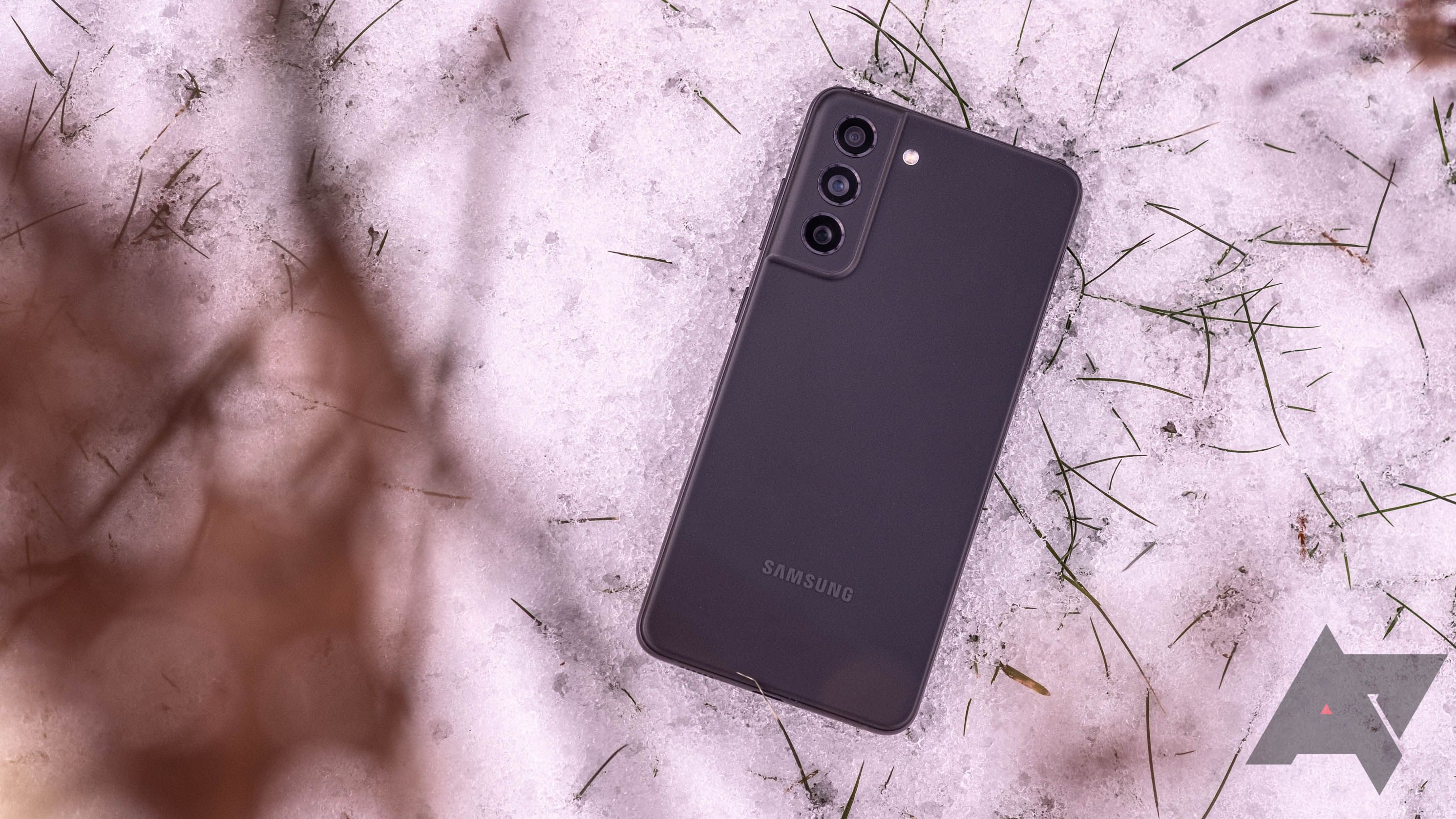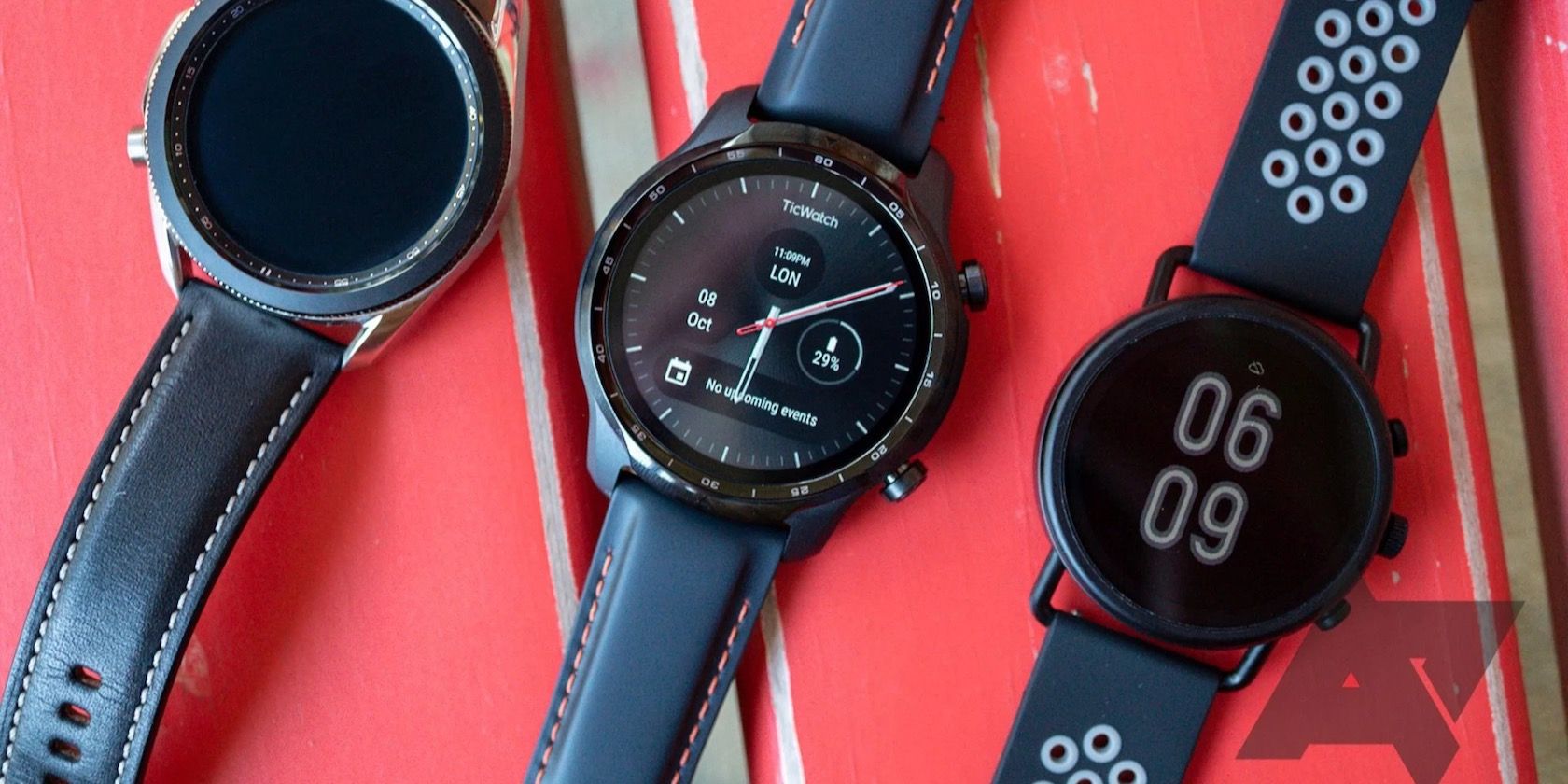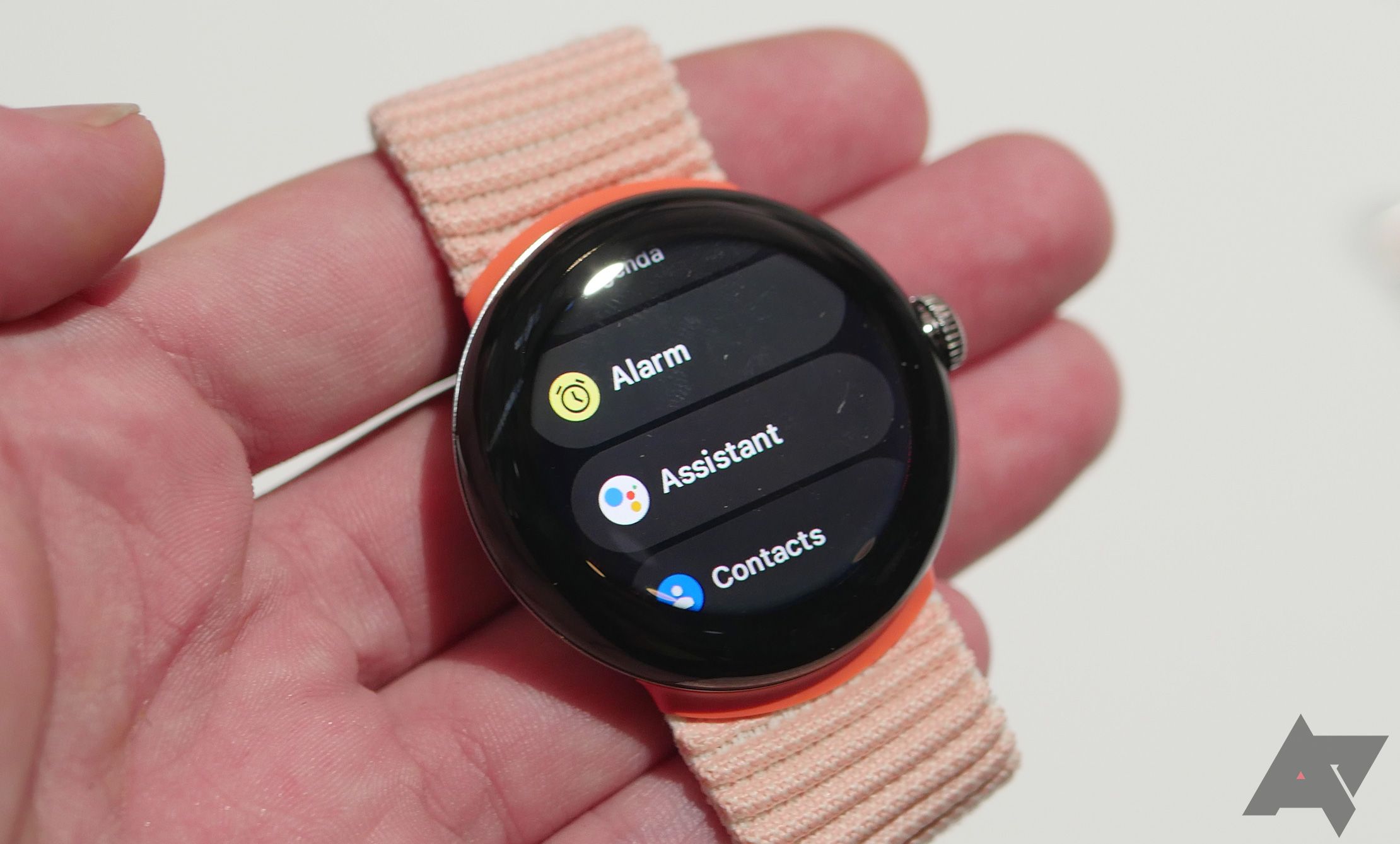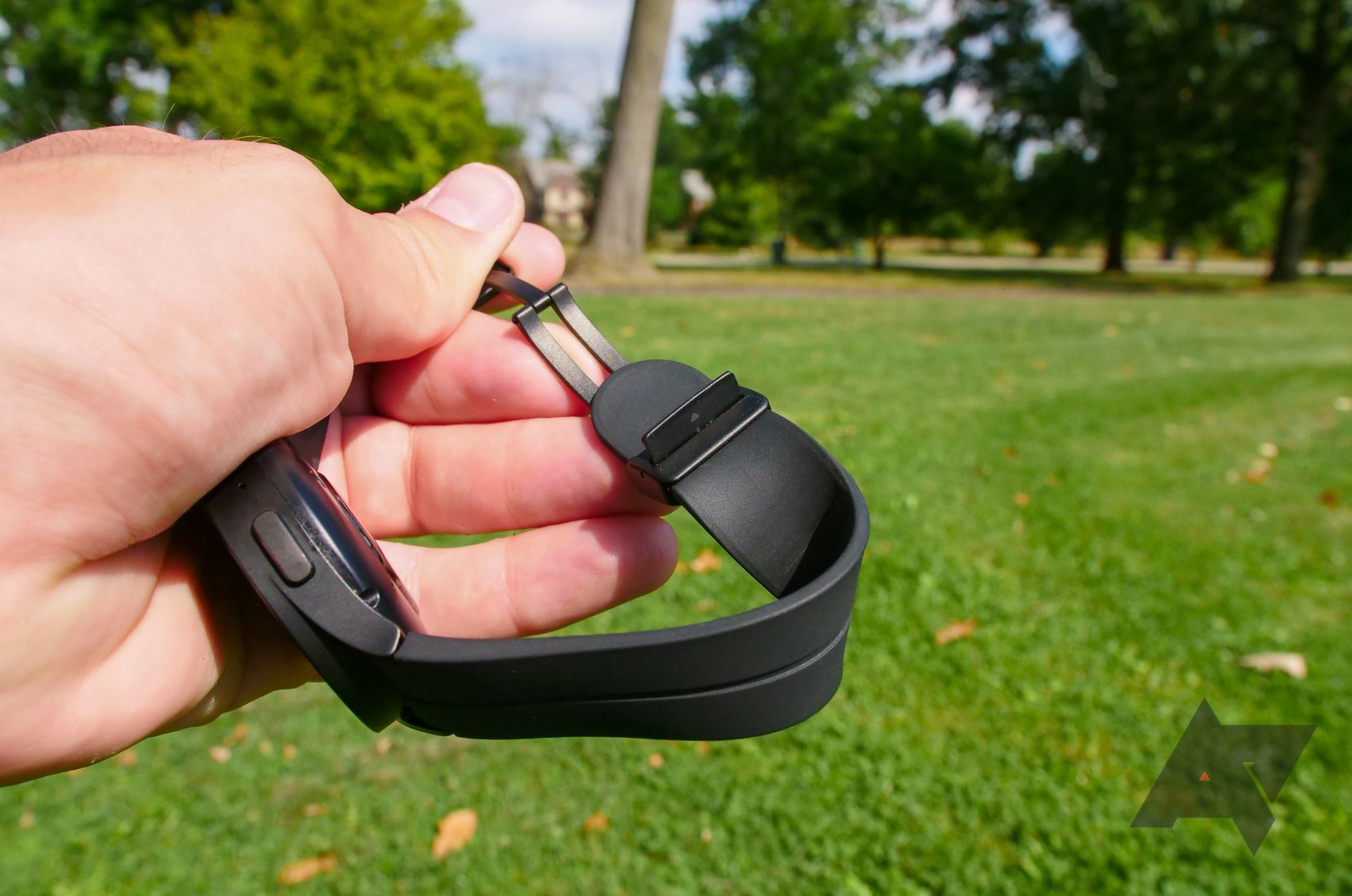Android watches running Wear OS have taken a while to catch on with watchmakers and the public. Since Wear OS is picking up steam, Android-based watches are getting a much-needed boost to help drive the industry forward. The Samsung Galaxy Watch 6 and Samsung Galaxy Watch 6 Classic are among the best smartwatches on the market. Google's newest wearable, the Google Pixel Watch 2, is also an appealing option for style-savvy shoppers. Watches from traditional market leaders like Fossil and Mobvoi have started getting the latest Wear OS 4 update or will soon.
If you recently purchased a Wear OS device or your old one is about to get the newest Wear OS 4 update, you've come to the right place. Here are 12 things to try to get started with your Wear OS adventure.
Change your watch face
To change the watch face on your Wear OS device, long press your watch home screen for a moment, then swipe right and left to browse the watch faces. This works the same on all Wear OS watches.
You can also change the order or edit the watch faces from your phone, which helps you fine-tune your experience on a bigger screen. Wear OS 3 devices don't use the same Wear OS app used by the latest Wear OS 4 smartwatches. The process varies from device to device. The old app should eventually fade out, and the new one will become the standard for all watches going forward.
To change or tweak the Google Pixel Watch's face from your phone, open the Pixel Watch app and tap Watch faces on the app's home screen. In the Fossil app, tap the watch face on the app's home screen.
For all pre-Wear OS 3 watches, open the Wear OS app and tap More next to Watch Faces.
Get some new watch faces
Don't like any of your watch's preinstalled watch face options? You can access a practically unlimited selection of additional faces. Open the Google Play Store on your watch and scroll down to Watch faces. Tap a watch face for more information and screenshots, giving you a good idea of what to expect beforehand. If it looks like something you want to try, download it and check it out. You can change your watch face with the steps described above.
To make things easier to manage, go to your smartphone and browse the watch face apps that way. Open the Google Play Store and tap Apps at the bottom. Go to Categories at the top of the screen, then select Watch faces. You can install them on your watch from their Play Store listings on your phone. Tap the drop-down arrow to the right of the Download button, then make sure your watch is checked. When you install the app on your phone, it's installed on your watch soon after that.
Turn off your screen in a snap
If you're worried about your Wear OS smartwatch's battery life, this might help you extend your screen time. When you finish interacting with your watch, turn its display off (or return to the always-on display if you activated it) by quickly placing your palm over the watch's whole screen. This only saves a few seconds of screen use, but every bit counts. For some, it's satisfying to turn off the display this way, like snapping a folding phone shut to end a call.
Install watch apps from your phone
Like the watch faces mentioned earlier, you can browse and install Wear OS apps to your watch from the Play Store on other devices. Open the Google Play Store on your phone and tap Apps at the bottom of the screen. Then, under Categories, go to Watch apps. If you're looking for something specific, tap the magnifying glass in the upper-right corner to search for it. Otherwise, browse and install apps as you usually would. They are installed on your watch soon afterward.
Customize your hardware buttons
You can change what the buttons on your Wear OS watch do, but the actions you assign to them and how you set them vary depending on your watch model.
On a Galaxy Watch 4 or 5, open your watch's Settings, scroll down, select Advanced features, and tap Customize keys. A single press navigates home, but you can assign different functions to a double and long press. Double presses open apps. Long presses either open your voice assistant or the power menu.
The bottom key has two functions. You can set a single press to navigate back into the watch's UI or open a list of your recent apps.
On other Wear OS 3 watches, it's simple. Open your watch's Settings, then tap Buttons. On pre-Wear OS 3 devices, go to Settings, tap Personalization, and select Customize hardware keys. Tap a button, then choose the app you want to use.
Make contactless payments with Google Wallet
Your Wear OS watch most likely has NFC, which you can use to pay at stores that accept Google Wallet or Google Pay. The setup is about the same on all Wear OS watches. If your watch didn't come with Google Wallet pre-installed, install it from the Google Play Store. You can do that from the watch or the Play Store on your phone.
Before using Google Wallet, set a screen lock on your watch. Wear OS asks for your PIN or pattern the first time you interact with your watch after putting it on or restarting it. If you remove your watch, you must unlock it again to use Pay.
To add a card to your watch, open the app, then tap the plus (+) icon. On Wear OS 4, swipe down from your watch's home screen to access your quick settings. Select the credit card icon near the flashlight. You're prompted to continue on your phone, which walks you through the steps needed to add a card to your watch.
When you're ready to make a purchase, open the Google Wallet app on your watch (on most watches, you can assign Google Wallet to a hardware button using the steps described in the previous section) and hold it near the payment terminal. You can also tap the Google Wallet quick settings icon on your watch's home screen for Wear OS 4 anytime. Your payment is charged to the card you selected when you tap.
Have your watch silence your phone
Wearing a device that lights up and vibrates when you get a notification makes your phone's beeps and buzzes for the same notifications redundant. Wear OS has a handy feature that silences notifications on your phone when your watch is on your wrist, saving you from unwanted noise. Notifications on your phone resume when you take the watch off. Accessing the feature differs based on the watch you use.
On newer Wear OS 4 devices, the setting to manage the watch is only accessible from your mobile app. In the Pixel Watch app, for example, it can be found by tapping Notifications from the app's home screen and then selecting Mute notifications. Go to My preferences and select Sound and Vibration in the Fossil app.
For watches not on Wear OS 3 or newer, go to Settings in the Wear OS app, tap Notifications, and then select Silence phone while wearing watch. There are separate toggles for muting calls and muting other notifications. Make the selection that works for you.
Find your lost phone
If you constantly misplace your phone, connect your phone to your Wear OS watch so that your watch makes your phone ring. The process differs slightly between older Galaxy Watches and other Wear OS watches. Swipe down from your watch's home screen to access the quick settings menu. The Find my phone icon on a Galaxy Watch is a rectangle with a magnifying glass. On other Wear OS devices, it looks like a ringing smartphone. Tap it, and your phone rings, making it easy to locate in a pinch.
Manage your battery life
Each Wear OS watch has battery-saving modes and features. For example, the Mobvoi TicWatch Pro 5 has a low-power display over its primary screen, displaying the time while consuming minimal battery life. Fossil watches have branded Smart Battery power profiles, while the Galaxy Watch series power-saving mode restricts features with one toggle.
Along with familiarizing yourself with your watch's battery-saving modes, there are a handful of things you can do on any Wear OS watch to extend its battery life.
Turn off the always-on display
Keeping those pixels lit up consumes the battery.
- On the Galaxy Watch 4 and Watch 5, go to Settings > Display and turn off Always On Display.
- On other Wear OS devices, go to Settings > Display and turn off Always-on screen.
Turn off raise to wake
The feature can cause your watch's screen to light up when you're not looking at it, which uses power.
- On the Galaxy Watch 4 and Watch 5, go to Settings > Display and turn off Raise wrist to wake.
- On other Wear OS devices, go to Settings > Gestures and turn off Tilt-to-wake.
Turn off unnecessary notifications
Notifications you don't want to be delivered on your watch are distracting and waste battery.
- On the older Galaxy Watch 4 and Watch 5, for example, most apps can't send notifications by default. However, you can allow or disallow notifications on a per-app basis. Open the Galaxy Wearable app on your phone and go to Watch settings > Notifications. You'll see a list of your apps and whether they can send notifications to your watch. Only turn on the ones you want.
- To change notifications on the Pixel Watch, open the Pixel Watch app on your phone and tap Notifications.
- If your watch uses the Fossil app, navigate to My Preferences > Notifications.
- For Wear OS devices not yet on Wear OS 3, use the Wear OS app. You can toggle which apps notify you on your watch in the Wear OS app on your phone. Under Settings, tap Notifications > Change watch notifications and turn off notifications for apps you don't need buzzing on your wrist.
Listen to music without your phone
Wear OS lets you connect earbuds or headphones to your watch, so you can listen to music without carrying your phone. Connecting your headphones is slightly different depending on the type of watch you use.
To connect headphones or earbuds to a Wear OS Samsung Galaxy Watch, go to Settings > Connections > Bluetooth. If they're in pairing mode, your headphones appear under Available devices. Tap their name to connect. If your headphones don't appear on the list, tap Scan on your watch to tell it to look for them.
On other Wear OS watches, go to Settings > Connectivity > Bluetooth > Pair new device (or Available Devices). Your headphones appear in the list of available devices, provided they're in pairing mode.
Similarly, phone-free listening works differently depending on whether your watch has LTE connectivity and which streaming app you use. Watches with mobile data can use apps like Spotify and YouTube Music. However, to listen without your phone on Wear OS watches that don't have mobile data access, you must download music to take with you.
To download music on Spotify, navigate to an album, playlist, or podcast you want to save to your watch and tap Download to watch. Your downloaded media can be found in Downloads to the right of Spotify's home screen.
YouTube Music works almost the same. Tap any song, album, or playlist to find options to play or download it. Downloaded media is front and center at the top of the app's home screen.
Get hands-free help from Google Assistant
Search for Assistant in the Google Play Store on your watch to activate Google Assistant on your Galaxy Watch 4 or Galaxy Watch 5. Install (or update) it, then open the app to complete the setup. To toggle Hey Google detection, go to Settings > Google. To assign the Assistant to your watch's top button, tap Settings > Advanced features > Customize keys.
On the Google Pixel Watch, holding the watch's secondary hardware button (the one above the crown) launches the Google Assistant. You can also toggle Hey Google detection from Settings > Google > Assistant.
On pre-Wear OS 3 watches, Google Assistant is pre-installed. Press and hold your watch's power button to talk to it. Hold the power button to open Google Assistant to activate or deactivate hotword detection on your watch, then scroll down to Settings. The next screen shows a toggle for Hey Google listening. If holding your watch's power button doesn't bring up Google Assistant, go to Settings > Personalization > Assistant access and turn on Press and hold power button for Assistant.
Try traditional watch bands
This doesn't apply to every Wear OS device (the Pixel Watch is a notable exception). Still, many Android smartwatches are compatible with watch bands that aren't made for smartwatches. For example, all watches from the Samsung Galaxy Watch 4 and Galaxy Watch 5 series work with standard 20mm width watch bands. The 42mm Fossil Gen 6 accepts 18mm width bands, while the 44mm Gen 6 works with 22mm width bands.
Double-check your watch's band size. Widening your band search to include traditional watch bands expands your customization options.
Use your Wear OS watch like a pro
Whether you use an older Android smartwatch stuck on Wear OS 3 or a newer one with Wear OS 4, these tips help you get the most out of your experience. Android-based smartwatches have been around for years but only started to become a viable solution with Google's push to unify the market. Wear OS 3 began this journey, and Wear OS 4 continues to build on that foundation to bring Android watches into a new era. With a universal standard, Google is looking to solve the Android smartwatch situation once and for all.
Are you having trouble with your Wear OS smartwatch? Check out our fixes for the top Wear OS problems. For more accessories, check out our guide to the best wireless earbuds.

